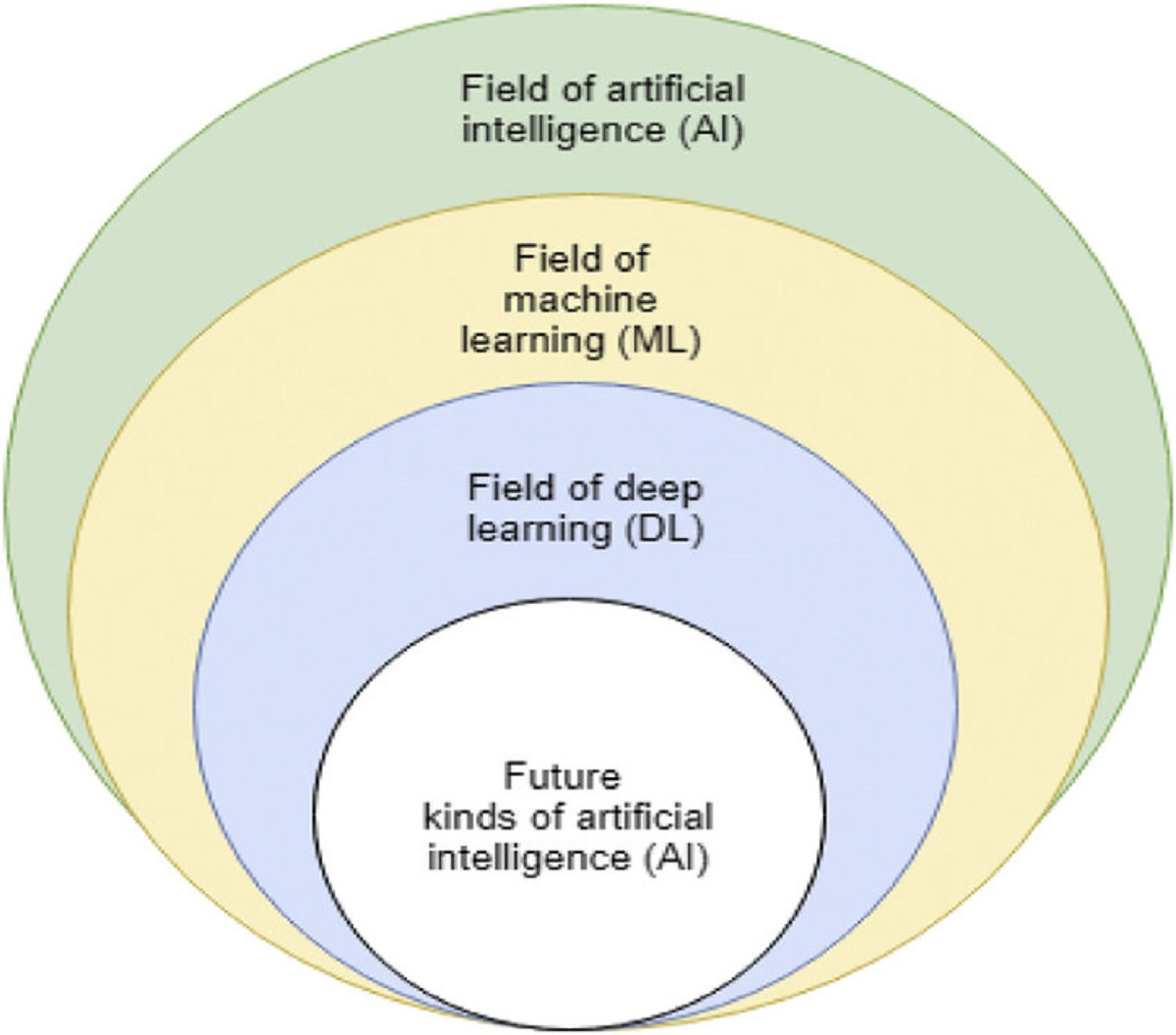AI designed for language modeling can be employed to anticipate occurrences in individuals’ lives.
Artificial intelligence developed to model written language has demonstrated its ability to predict events in people’s lives, including estimating the time of death, according to a research project by DTU, University of Copenhagen, ITU, and Northeastern University in the US. The project, named Life2vec, involved analyzing health data and labor market attachment for 6 million Danes. After an initial training phase, the model outperformed other advanced neural networks, predicting outcomes like personality and time of death with high accuracy. Ethical concerns, including data privacy and bias, were highlighted by the researchers, who suggested the model’s applications should be part of democratic discussions. The next steps involve incorporating additional types of information, such as text, images, or social connections, to enhance the model’s capabilities.
This innovative model, named life2vec, utilizes extensive personal data to forecast events in individuals’ lives, even going so far as to estimate the time of death. The findings of this research, presented in the Nature Computational Science article titled ‘Using Sequences of Life-events to Predict Human Lives,’ signify a significant leap forward in predictive modeling capabilities.
The research project
The investigative initiative, titled ‘Using Sequences of Life-events to Predict Human Lives,’ relies on extensive datasets sourced from labor market records, the National Patient Registry (LPR), and Statistics Denmark. This comprehensive dataset encompasses information about all 6 million Danish individuals, featuring details on income, salary, stipends, job categories, industries, social benefits, and more.
The health dataset comprises information regarding visits to healthcare professionals or hospitals, diagnoses, patient types, and the urgency of medical cases. The temporal scope of the dataset extends from 2008 to 2020, with specific analyses focusing on the period from 2008 to 2016. Furthermore, these analyses narrow down to an age-restricted subset of individuals to draw more specific insights.
A transformer model, an architectural framework within AI and deep learning, is employed for language learning and various tasks.
These models undergo training to comprehend and produce language.
Distinguished by its speed and efficiency compared to preceding models, the transformer model is a preferred choice for training expansive language models on substantial datasets.
A neural network is a computational model inspired by the structure of the brain and the nervous system found in humans and animals. Various types of neural networks exist, with transformer models being one example. Similar to the biological brain, an artificial neural network comprises interconnected artificial neurons capable of sending signals to one another. Each neuron receives input from others, processes the information, and produces an output that is transmitted to subsequent neurons. Through extensive training on substantial datasets, a neural network can learn to accomplish specific tasks. The learning process, reliant on training data, enhances the accuracy of neural networks over time. Once these algorithms are finely tuned, they become powerful tools in computer science and artificial intelligence, enabling rapid classification and grouping of data. Google’s search algorithm is a prominent example of a well-known neural network.
The forecasts generated by life2vec offer intriguing insights, including predictions about the likelihood of death within a specified timeframe. Upon analyzing the model’s responses, consistent outcomes with existing social science research were identified, highlighting factors such as holding leadership roles and having a higher income being associated with an increased chance of survival.
The findings also revealed that being male, possessing specific skills, or having a mental health diagnosis was linked to a higher risk of mortality. Life2vec employs a sophisticated system of vectors to organize data, structuring information related to various life aspects such as the time of birth, education, salary, housing, and health.
Professor Lehmann underscored the innovative approach, stating, “What’s exciting is to consider human life as a long sequence of events, similar to how a sentence in a language consists of a series of words. This is typically the type of task for which transformer models in AI are used. Still, in our experiments, we leverage them to analyze what we call life sequences, i.e., events that have happened in human life.”

